Clothes Pattern Classification Dataset
Home » Case Study » Clothes Pattern Classification Dataset
Project Overview:
Objective
Our latest venture involved developing an extensive Clothes Pattern Classification Dataset. This dataset, furthermore, showcases our expertise in handling large-scale data projects, which are essential for advancing e-commerce filtering, virtual wardrobe arrangement, and AI-driven fashion design models.
Scope
Our team successfully gathered over 45,000 images of various clothing items. These items feature distinctive patterns like stripes, polka dots, checks, and floral designs. However, we need to improve the use of transition words.
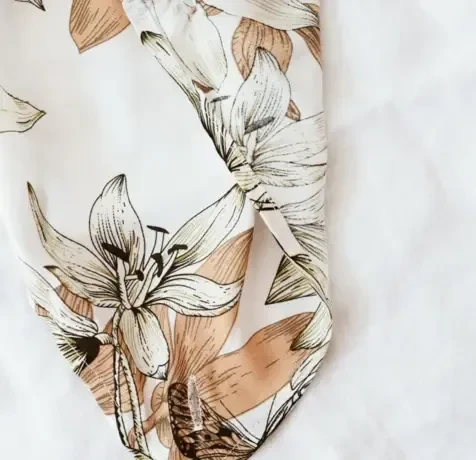
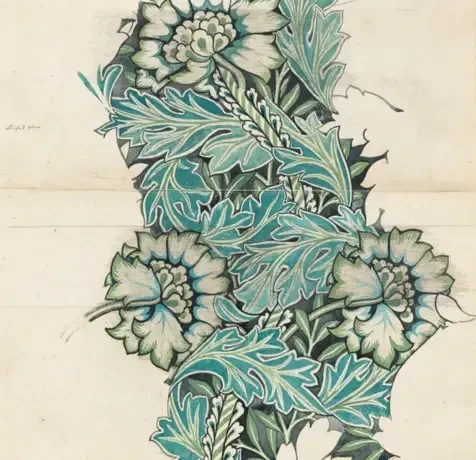
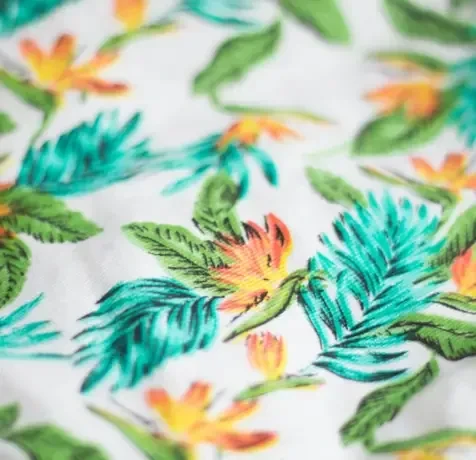
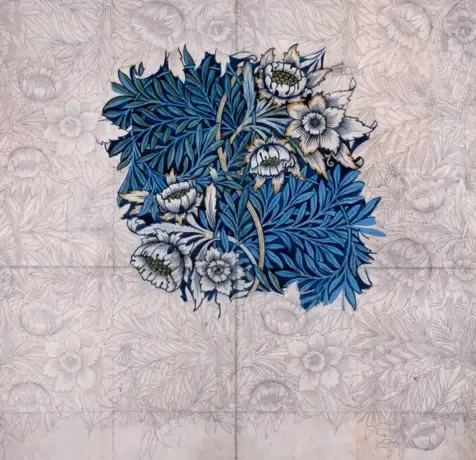
Sources
Engaged in collaborative initiatives with electronics manufacturing units, we successfully collected and curated a comprehensive assortment of images of defective boards.
We have formed partnerships with carpentry workshops and lumber mills to obtain samples of damaged wooden boards. As a result, this contributes to a carefully gathered and well-organized dataset.
Crowdsourced submissions from DIY enthusiasts and hobbyists have been meticulously collected and carefully curated, resulting in a diverse and comprehensive compilation.
I organized and executed controlled photography sessions to capture various types of damage and wear. Consequently, I successfully gathered and curated a professional set of images.


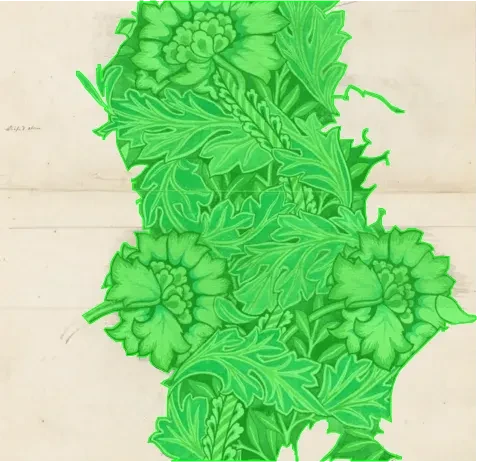
Data Collection Metrics
- Total Images Collected: 45,000
- Tops & Shirts: 13,000
- Dresses: 11,000
- Pants & Skirts: 11,000
- Traditional/Ethnic Wear: 10,000
Annotation Process
Stages
- Image Pre-processing: First, standardize the image resolution, lighting, and orientation to ensure consistency across all images. This step is crucial because it significantly enhances the accuracy of subsequent analysis. Additionally, ensuring uniformity in these aspects minimizes variations that could otherwise lead to errors or inconsistencies in the analysis.
- Detailed Pattern Annotation: Next, assign specific pattern labels such as “stripes,” “floral,” and “geometric” to each image. Additionally, consider using a consistent labeling system to make the data easier to understand.
- Rigorous Validation: Finally, have fashion industry experts verify each annotation to ensure pattern accuracy. This verification step is important as it guarantees the reliability of the annotations.
Annotation Metrics
- Total Pattern Annotations: 45,000
- Average Annotation Time per Image: 3 minutes
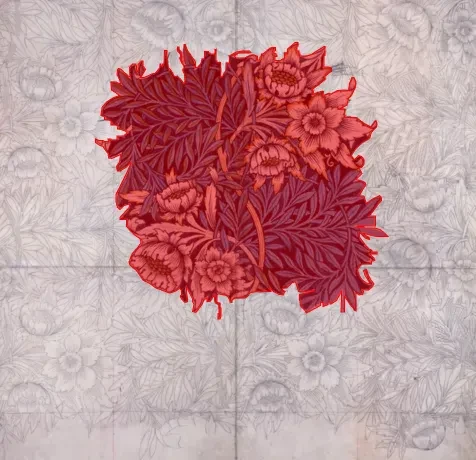
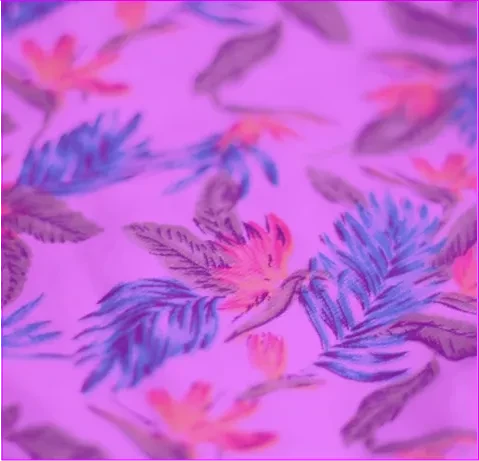


Quality Assurance
Stages
- Automated Verification: We use early-stage pattern classification models to compare their results with human annotations. By doing this, we can highlight potential discrepancies, thus identifying areas where the model may need more training.
- Peer Review: We re-evaluate a select portion of annotated images with different experts to ensure consistency. This cross-checking step is vital for verifying the reliability of our annotations.
- Inter-annotator Agreement: We inspect several images, especially those with intricate patterns, by multiple annotators to reach a consensus on pattern classification. This step is crucial for maintaining high annotation standards.
QA Metrics
- Patterns Validated through Automated Checks: 20,000 (50% of total images)
- Peer-reviewed Annotations: 12,000 (30% of total images)
- Inconsistencies Detected and Rectified: 600 (1.5% of total images)
Conclusion
Our Clothes Pattern Classification Dataset is a groundbreaking resource that significantly boosts automation in fashion AI applications. By providing precise pattern classifications for various clothing items, it enables more efficient search algorithms, more accurate inventory management, and more personalized style recommendations. Consequently, both consumers and retailers enjoy significant benefits.

Quality Data Creation

Guaranteed TAT

ISO 9001:2015, ISO/IEC 27001:2013 Certified

HIPAA Compliance

GDPR Compliance

Compliance and Security
Let's Discuss your Data collection Requirement With Us
To get a detailed estimation of requirements please reach us.